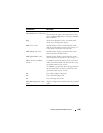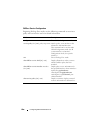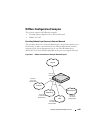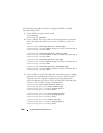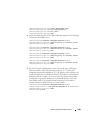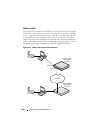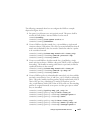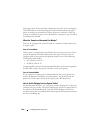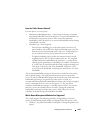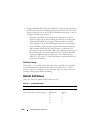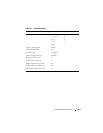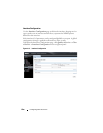
Configuring Class-of-Service 1313
41
Configuring Class-of-Service
This chapter describes how to configure the Class-of-Service (CoS) feature.
The CoS queueing feature lets you directly configure certain aspects of switch
queueing. This provides the desired QoS behavior for different types of
network traffic when the complexities of DiffServ are not required. The
priority of a packet arriving at an interface can be used to steer the packet to
the appropriate outbound CoS queue through a mapping table. CoS queue
characteristics that affect queue mapping, such as minimum guaranteed
bandwidth, transmission rate shaping, etc., are user-configurable at the queue
(or port) level.
The topics covered in this chapter include:
• CoS Overview
• Default CoS Values
• Configuring CoS (Web)
• Configuring CoS (CLI)
• CoS Configuration Example
CoS Overview
The CoS feature lets you give preferential treatment to certain types of traffic
over others. To set up this preferential treatment, you can configure the
ingress ports, the egress ports, and individual queues on the egress ports to
provide customization that suits your environment.
The level of service is determined by the egress port queue to which the
traffic is assigned. When traffic is queued for transmission, the rate at which
it is serviced depends on how the queue is configured and possibly the
amount of traffic present in other queues for that port.
Some traffic is classified for service (i.e., packet marking) before it arrives at
the switch. If you decide to use these classifications, you can map this traffic
to egress queues by setting up a CoS Mapping table.



